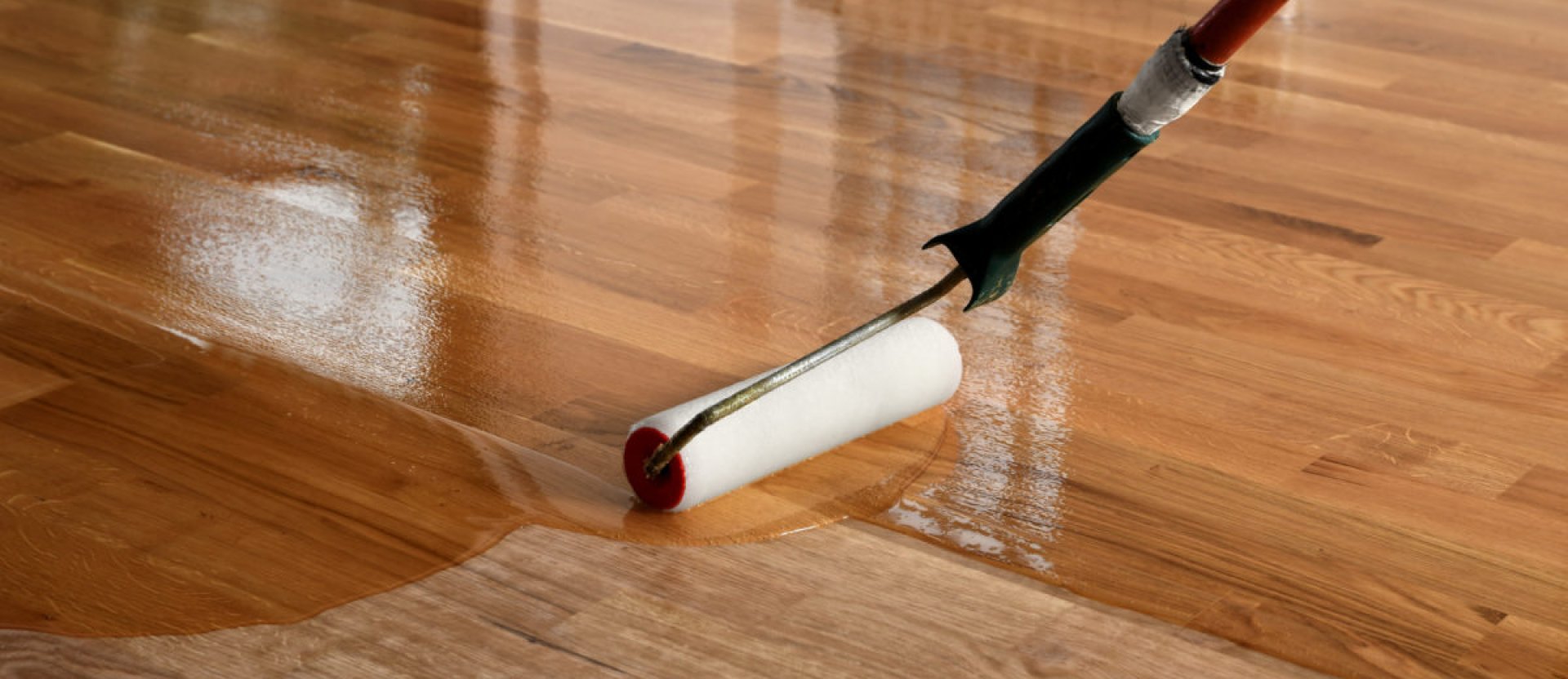
Screen and Coat
The screen and coat procedure is an excellent way to refresh dull or worn hardwood floors. It's a cost-effective alternative to complete refinishing, and it can protect against future damage or eliminate the need for a full refinishing. While it won't remove deep scratches or dings, it's great for removing minor surface scratches and marring caused by furniture.

How Does It Work?
The screening process involves lightly sanding the existing finish on the floor to make it compatible with a new layer of finish. This is done using a buffing machine and a special sanding screen. However, some floors are too damaged to be saved by this process. If there are dents, deep scratches, wear spots caused by heavy traffic, UV discoloration, or pet stains, a complete refinishing may be necessary.
Can Any Hardwood Floor Be Recoated?
While the screen and coat procedure can work wonders for many hardwood floors, there are certain floors that cannot be saved by this process due to the level of damage on the wood. This includes dents, deep scratches, wear spots caused by heavy traffic, UV discoloration rugs, and pet stains.

Even though the finish on some floors may appear intact, a recoat may not be effective in hiding the damage underneath. This is especially true if the floor has been cleaned with certain products such as Murray's Soap Oil, Orange Glo, or acrylic waxes like Future or Mop & Glo, as the modern polyurethane will not bond to it. In some cases, even aggressive screening won't help as the new finish may experience "crawling," "fish-eye," or widespread peeling.
When Should I Recoat My Floors?
The frequency of recoating your floors depends on the amount of traffic they receive. Regular usage can cause the floor finish to wear down faster, and therefore, need to be recoated more often. We suggest keeping an eye out for indications of wear approximately three years after the floors were either sanded or last recoated, excluding kitchens and exterior doorways. However, for high-traffic areas like these, it's better to check for signs of wear after only one year. If you notice noticeable scratches under chairs or in walkways, it's time to consider recoating your floors.
Refresh your hardwood floors with our professional screen and coat service. Contact Express Hardwood & Flooring to schedule your appointment and restore the natural beauty of your hardwood surfaces.





